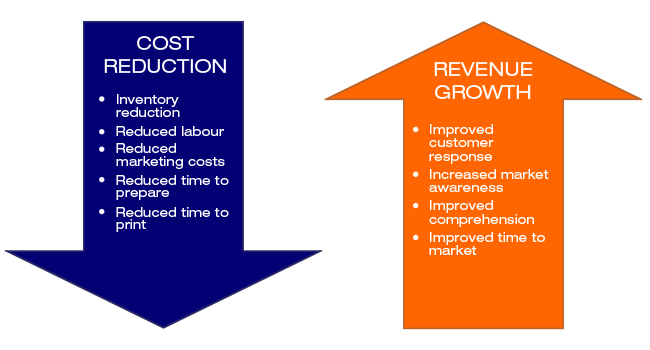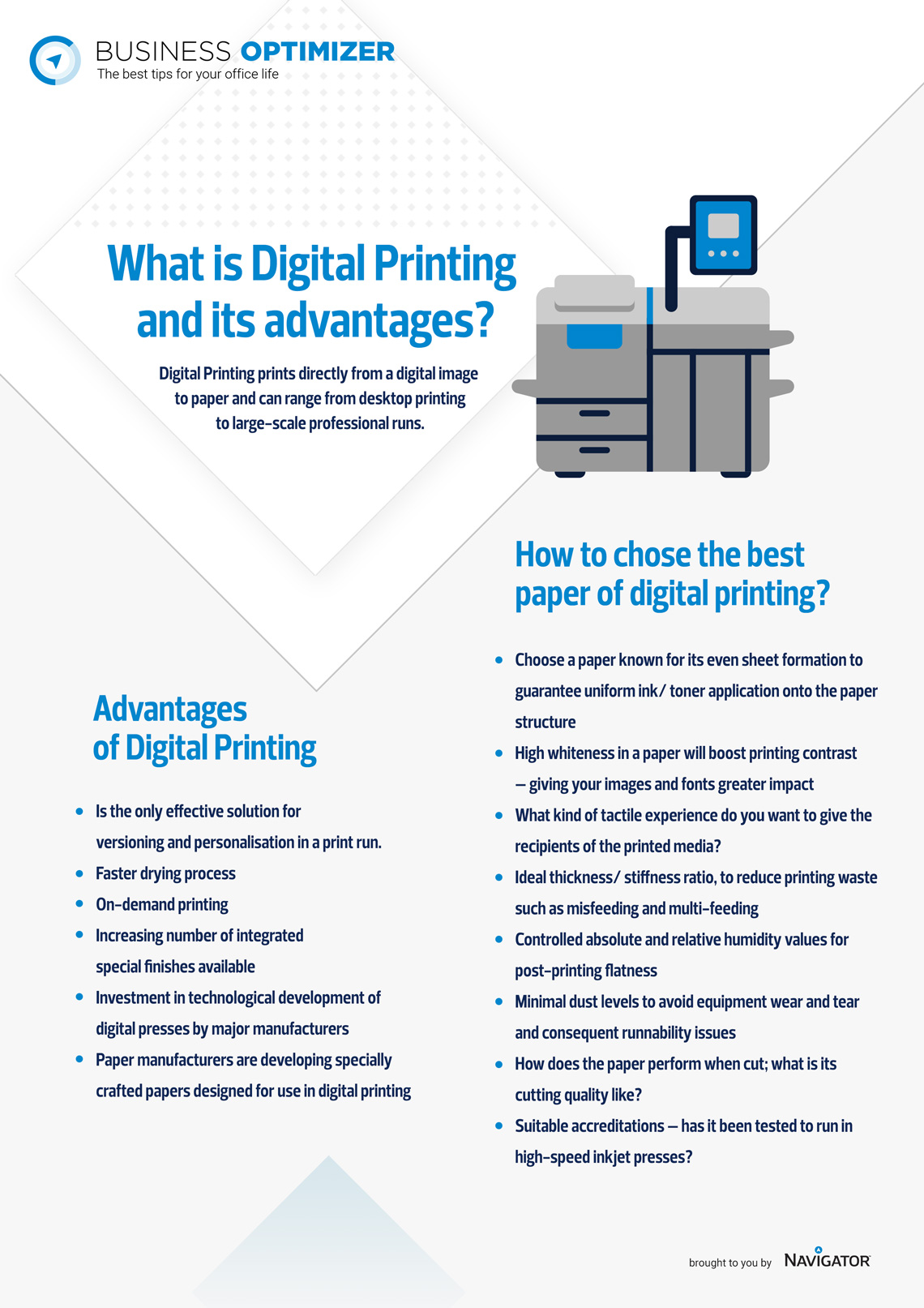The Ultimate Guide To Digital Printing
The Ultimate Guide To Digital Printing
Blog Article
Not known Details About Digital Printing
Table of ContentsThe Ultimate Guide To Digital PrintingSome Known Questions About Digital Printing.The Buzz on Digital PrintingDigital Printing Can Be Fun For EveryoneDigital Printing for BeginnersDigital Printing - The Facts
Variable information printing, such as direct mail with customized codes and addresses, is ideally fit for digital printing. Digital quick printing only requires 4 steps of layout, evaluation, printing and binding to get every little thing done. Digital fast printing has an unequaled benefit: print on need.According to PMMI, electronic printing enables brand names and makers to react swiftly to client demands while improving the supply chain, minimizing warehousing expense and waste, and taking pleasure in faster time to market. That all noises excellent, yet exactly how does this innovation do all that? The significant differentiator of these modern technologies is that there are no set up costs and no plates with electronic printing.
The Basic Principles Of Digital Printing
According to Wikipedia, the best difference between electronic printing and traditional techniques such as lithography, flexography, gravure, or letterpress - Digital Printing is that there is no need to change printing plates in electronic printing, whereas in these analog printing methods home plates are consistently changed. This causes quicker turnaround time and reduces expense when making use of electronic printing.
Rapid production indicates obtaining your item to market much faster. It additionally means it's much easier and faster to make adjustments later on, when you alter a recipe, include a SKU, or produce seasonal product packaging. Digital printing is very flexible, so it's easy to make changes to the package design rapidly. It all goes back to the plates.
With traditional printing techniques, short-run printing is just not feasible. Due to the fact that a wonderful layout can make or damage your product, electronic printing continually develops high-grade, clear and vivid graphics each time.
Digital printing is the procedure of printing digital-based pictures directly onto a variety of media substrates. There is no need for a printing plate, unlike with offset printing. Digital documents such as PDFs or desktop computer publishing files can be sent out directly to the electronic printing machine to print on paper, image paper, canvas, material, synthetics, cardstock and various other substrates.
Indicators on Digital Printing You Need To Know
According to PMMI, digital printing enables brand names and manufacturers to respond quickly to consumer demands while boosting the supply chain, decreasing warehousing price and waste, and taking pleasure in faster time to market. That all audios terrific, yet how does this innovation do all that? The significant differentiator of these innovations is that there are no set up fees and no plates with electronic printing.
According to Wikipedia, the best distinction between electronic printing and traditional methods such as lithography, flexography, gravure, or letterpress is that there is no need to replace printing plates in electronic printing, whereas in these analog printing methods home plates are repetitively replaced. This causes quicker turn-around time and decreases cost when using digital printing.

Some Known Questions About Digital Printing.
Extra inventory can indicate even more waste down the road. With traditional printing approaches, short-run printing is just not feasible. Since a great layout can make or damage your item, electronic printing consistently creates top quality, clear and colorful graphics each time. Digital printing on flexible bags includes the brilliant, dynamic, and exact graphics that virtually beckon consumers to reach out and touch them.

According to PMMI, electronic printing allows brands and manufacturers to respond rapidly to client demands while boosting the supply chain, reducing warehousing cost and waste, and delighting in faster time to market. That all sounds fantastic, but how does this modern technology do all that? The significant differentiator of these innovations is that there are no set-up costs and no plates with electronic printing.
10 Easy Facts About Digital Printing Shown
This results in quicker turn-around time and reduces cost when making use of digital printing.
Fast manufacturing implies getting your item to market much faster. It also indicates it's less complicated and faster to make adjustments in the future, when you alter a dish, add a SKU, or develop seasonal packaging. Digital printing is highly adaptable, so it's simple to make modifications to the plan layout quickly. Everything returns to home plates.

Some Ideas on Digital Printing You Should Know
Digital printing is the process of printing digital-based images directly onto a selection of media substrates. There is no need for a printing plate, unlike with offset printing. Digital files such as PDFs or desktop computer posting data can be sent directly to the digital printing press to print theoretically, image paper, canvas, textile, synthetics, cardstock reference and various other substrates.
Report this page